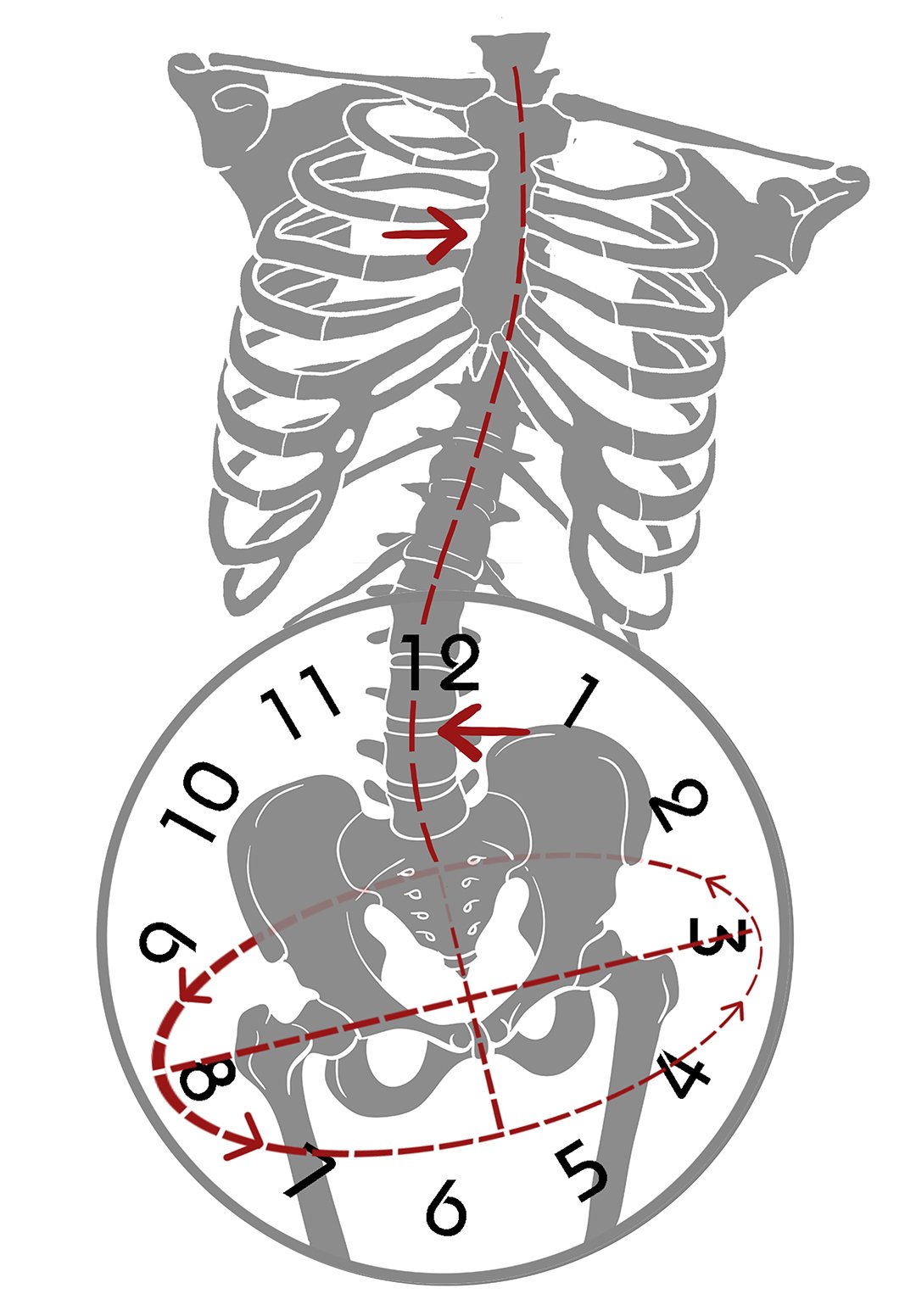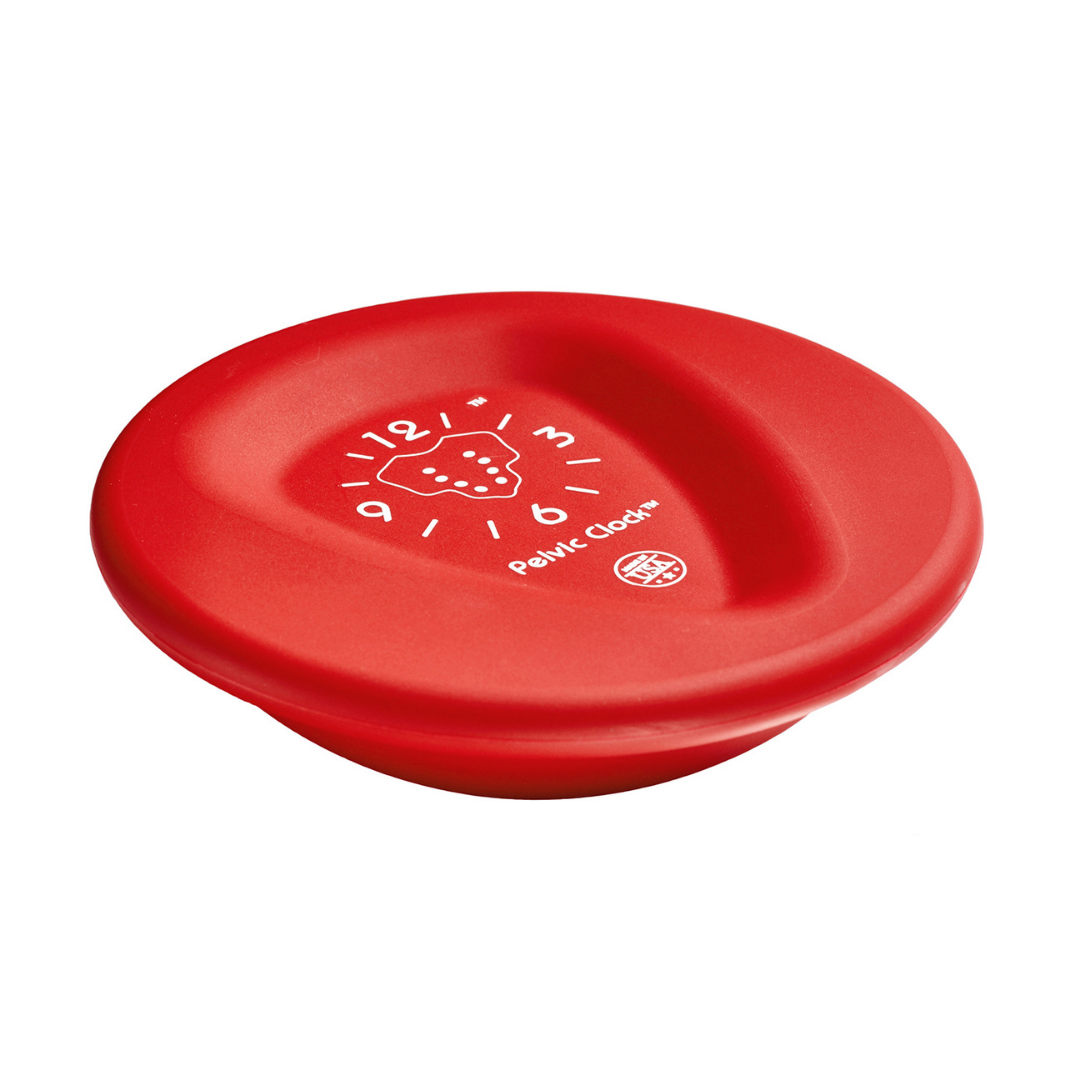HOME EXERCISE FOR SCOLIOSIS CORRECTION
Igor Gershengorin
By Yana Blinova, MS, Inventor of Pelvic Clock® Exercise Device, Former Olympic Coach
Corrective exercises became a part of my life when I was diagnosed with galloping scoliosis at age 12.
Over the past four decades, I've learned that scoliosis correction doesn’t have an “end-of-therapy” date. If you stop exercising, most of the symptoms will promptly return.
In addition, there is no alternative to regular corrective exercises.
This post will help those who have already accepted this tough reality to optimize their scoliosis exercise regimen.
As each case of scoliosis is different, there is no standard exercise protocol that works for everyone. Instead, a corrective exercise specialist must design a proper exercise routine to address your specific needs.
Before you can start exercising on your own, you’ll need to improve your proprioception: awareness of the position of your body. This is important because what feels symmetrical to you may, in reality, be misalignment.
For self-corrections, use a mirror, wall, floor, yoga mat, and exercise barre.
Why Use the Pelvic Clock® Exercise Device?
The Pelvic Clock® exercise device can help you with the alignment of lumbar spine, hips, and sacroiliac joints.
The flat surface of the device has a recess for the sacrum — the large triangular bone at the bottom of the spine. The sacrum is situated at the imaginary midline of the body.
Once you have positioned your sacrum on the device, you’ll feel the difference between the right and left halves of your pelvis. Then, you can self-correct any of the four pelvic misalignments:
What Exercises Can Help Correct Scoliosis?
If you have scoliosis, you most likely have more than one pelvic obliquity.
Begin with an exercise that will reduce the sideways curve of the spine as well as to correct a lateral pelvic tilt, uneven hips, and any discrepancy in the length of your legs:
Side Stretch
Lateral curvature of the spine can cause a vertebral rotation and often leads to a rotated or twisted pelvis. This is where one hip is turned outward and the other turned inward.
Pelvic Rotation Exercise
This simple exercise is surprisingly effective if you pay attention to small details:
Lie on the floor
Position your sacrum on the Pelvic Clock®
Stretch out your legs and place your feet flat on the wall in front of you with heels on the floor
Keep your shoulders firmly on the floor
Drop your right hip and rotate your pelvis to the right
Hold the stretch for 15 to 30 seconds
Drop your left hip and rotate your pelvis to the left
Hold the stretch for 15 to 30 seconds
What Other Exercises Are Good for Scoliosis?
Swimming and other symmetrical exercises like walking, cycling, cross country skiing, and rowing are the best cardio solutions for scoliosis.




